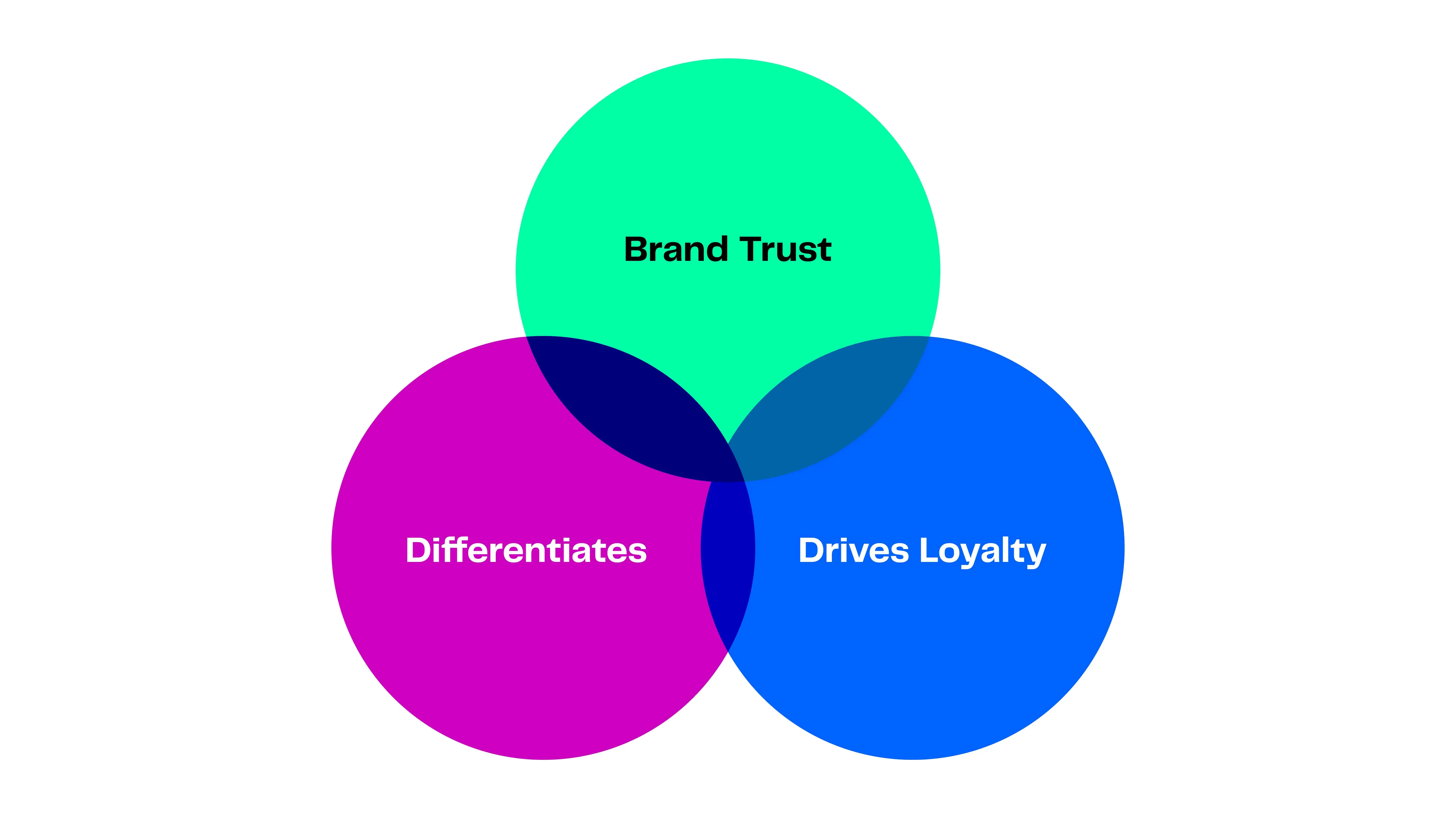What is Branding, Really? A First-Timer’s Guide to Brand Identity

Struggling to stand out in a crowded market? Feeling invisible? You launch a great product, but a week later, your customers forget your name. If this sounds familiar, you’re suffering from a classic case of a missing or weak brand identity. It’s time for Branding 101.
So, what is branding in business, really? Forget the logo and the pretty color palette for a second. Branding in marketing is the entire gut feeling, the perception, and the experience people have when they interact with your business. It’s the silent reputation you build every single day. To make this concept simple: Your brand is a person. And your brand identity is its DNA, its personality, and its clothes, all working together.

Why Your Brand is Your Business Superpower
A strong brand is the difference between a product that sells once and a movement that drives lifelong loyalty. That’s because:
– Builds Trust: A professional, coherent brand instantly signals competence and credibility.
– Differentiates: It gives people a reason to choose you over the cheaper, faster, or louder competitor.
– Drives Loyalty: It fosters the essential emotional connection that turns a one-time buyer into a passionate, unpaid advocate.

4 Essential Elements of a Strong Brand Identity
To make your brand stick, you need to master these four pillars of your brand identity:
1. Visual Identity (The Face & Cloth): It’s what people see first and your aesthetic foundation; the logo, color palette, and typography. A good visual identity should be instantly recognizable and communicate your core value. For example, Coca-Cola’s distinctive red and Spencerian script ensures you recognize it from a mile away, making the choice effortless.
2. Brand Voice (The Mouth & Personality): How you speak to your audience. Are you witty and knowledgeable, or formal and authoritative? Consistency here is key. For example, Old Spice uses an over-the-top, confident, and absurdly masculine voice to differentiate a simple body wash in a crowded market.
3. Messaging & Storytelling (The Brain & DNA): This is the core of what you believe and why you exist. Your messaging must be clear, simple, and consistent across every platform. For example, Nike’s “Just Do It” is a global story that moves beyond shoes and taps into the universal human ambition to overcome limits.
4. Experience (The Hands & Heart): This is how a customer feels interacting with your product, website, or service. If your visuals say “premium” but your customer service says “nightmare,” your brand will fail. The experience is where your brand identity is proven true or false. For example, Apple ensures every touchpoint, from the sleek retail store design to the minimal product packaging, feels premium, justifying the higher price tag.
For us, your brand is something you intentionally build. Get these four elements aligned; your face, voice, mind, and actions. Don’t just sell a product, sell a promise. Because, let’s be honest, in the digital chaos, if your brand doesn’t have a coherent personality, you’re not a business but just noise. Get it right, and that noise turns into loyal applause.
What is Branding, Really? A First-Timer’s Guide to Brand Identity

Struggling to stand out in a crowded market? Feeling invisible? Kamu udah meluncurkan produk hebat, tapi abis itu pelanggan lupa sama nama brand kamu. Kalau situasi ini terasa familiar, berarti kamu sedang menghadapi masalah klasik: Brand Identity yang lemah atau hilang. Nah, saatnya kita masuk ke Branding 101.
Jadi sebenernya, apa itu branding di dunia bisnis? Bukan cuma soal logo dan color palette yang cantik. Branding dalam marketing adalah gabungan dari gut feeling (perasaan), perception (persepsi), dan seluruh experience yang dirasakan orang ketika mereka berinteraksi dengan bisnis kamu. It’s the silent reputation you build every single day. Simpelnya: Brandmu adalah manusia, sedangkan brand identity adalah DNA, kepribadian, pakaian, yang semuanya bekerja sama.

Why Your Brand is Your Business Superpower
Brand yang kuat adalah pembeda antara produk yang cuma terjual sekali dan sebuah gerakan (movement) yang menghasilkan loyalitas seumur hidup. Ini jadi superpower utama brandmu karena:
– Builds Trust: Brand yang profesional dan koheren akan langsung memberikan sinyal kompetensi dan kredibilitas.
– Differentiates: Ini memberi alasan bagi orang-orang untuk memilih kamu dibandingkan kompetitor yang lebih murah, cepat, atau louder.
– Drives Loyalty: Mendorong emotional connection esensial yang mengubah pembeli sekali coba menjadi advocate (pendukung) yang passionate dan tak dibayar.

4 Essential Elements of a Strong Brand Identity
Agar brand kamu “menempel” di benak audiens, kamu harus menguasai 4 pilar utama dari Brand Identity:
1. Visual Identity (The Face & Cloth): Ini yang orang lihat pertama kali dan merupakan fondasi estetik; logo, color palette, dan typography. Visual identity yang baik harus langsung dikenali (instantly recognizable) dan mengkomunikasikan core value brand.
Contoh: Warna merah khas dan huruf Spencerian Coca-Cola memastikan kamu mengenalinya dari jauh, membuat proses pemilihan jadi mudah.
2. Brand Voice (The Mouth & Personality): Cara kamu berbicara kepada audiens. Apakah personamu witty dan smart, atau formal dan otoritatif? Konsistensi adalah kunci.
Contoh: Old Spice punya brand voice yang over-the-top, percaya diri, dan maskulin secara absurd untuk membedakan produk sabun mandi mereka sederhana di pasar yang ramai.
3. Messaging & Storytelling (The Brain & DNA): Ini adalah inti dari apa yang kamu yakini dan alasan brandmu ada. Messaging harus jelas, sederhana, dan konsisten di setiap platform.
Contoh: Slogan Nike “Just Do It” adalah global story yang melampaui sepatu dan menyentuh ambisi universal manusia untuk melampaui batas.
4. Experience (The Hands & Heart): Ini adalah gimana perasaan pelanggan saat berinteraksi dengan produk, website, atau layanan brandmu. Kalau visual “premium” tapi layanan pelangganmu gak responsif, brand kamu akan gagal. Experience adalah tempat brand identity kamu terbukti efektif atau gak.
Contoh: Apple memastikan setiap touchpoint, mulai dari desain toko ritel yang sleek hingga kemasan produk yang minimalis, terasa premium, sehingga membenarkan price tag mereka yang tinggi.
Buat Okular, brand kamu adalah sesuatu yang dibangun dengan intensional. Pastikan keempat elemen ini selaras, dan kamu akan menciptakan sesuatu yang benar-benar gak terlupakan. Don’t just sell a product, sell a promise. Let’s be honest, di tengah kekacauan digital ini (digital chaos), kalau brand kamu gak punya kepribadian yang koheren, kamu hanya sebatas kebisingan (noise). Lakukan dengan benar, dan kebisingan itu akan berubah menjadi loyal applause!

 Nov 13, 2025
Nov 13, 2025 Read Time : 5 min
Read Time : 5 min